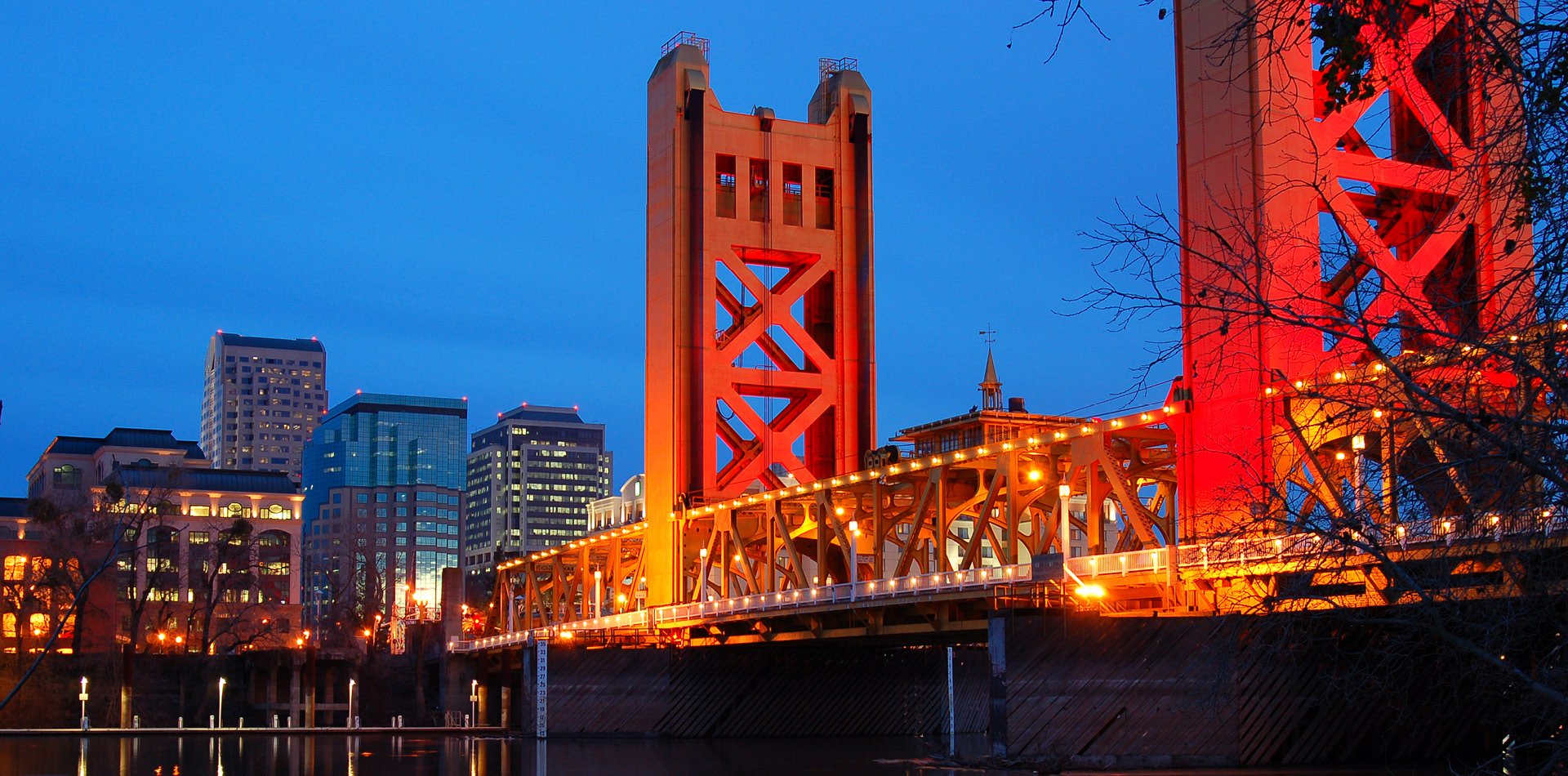Neal has spent more than two decades helping airports tackle complex environmental and planning challenges....

34th America’s Cup Race
Following its 2010 selection to host international sailing’s premier race―the 34th America’s Cup—the City of San Francisco had less than three years to prepare for the influx of as many as 5 million spectators over up to 50 race days. The City needed to streamline the typically years-long stringent regulatory approval process, securing certified and corresponding permits in just 18 months.
Why does this project matter?
Detailed environmental documentation is not typically required for an event of this magnitude, with legislated exemptions more the rule; significant assessment of environmental impacts of previous America’s Cup events had never been done. However, because the event was taking place in California, and for the first time in the San Francisco Bay Area, CEQA review was mandated. The analyses of this event on the water, and the corresponding influx of marine traffic, required an innovative approach to determining impacts as varied as the disturbance of nesting birds on Alcatraz Island, to the impacts of the race on commercial tankers and the local community of avid board sailors.
What is ESA doing to help?
Given the event’s time constraints, ESA designed a National Environmental Policy Act (NEPA) and California Environmental Quality Act (CEQA) process that both supported an array of permitting requirements. ESA completed the 1,500-page Draft EIR within five months of a notice to proceed and the public release of the Notice of Preparation.
Complicating the analyses was the need for compliance documents that satisfied the jurisdictional needs of multiple local, state, and federal agencies under a nonnegotiable event deadline. To assess the impacts that the spectators would exact along sensitive shoreline locations required innovative approaches for which there was little available prior empirical data.
Technical studies in support of permit applications included comprehensive biological assessments, coastal consistency determination, and a specially designed spectator vessel survey during Fleet Week that helped refine the air quality analysis. ESA also assisted in preparing a number of implementation plans for the project, including a zero waste management plan and a sustainability plan.
Construction of the America’s Cup Village facilities was coordinated with both the construction of the Port’s new International Cruise Terminal at Pier 27 and a major new Wharf Plaza. The project was significant in scope including waterfront construction, programmed spectator landslide venues, and water race management.
"ESA’s staff worked tirelessly with all agencies involved in this process, but I perhaps most appreciated their ability to develop a document that, while extremely detailed, also had the ability to be flexible to our specific regulatory needs."
Details
Location San Francisco, California
Market Community Development
Services
Agency Consultation & Coordination
Air Quality
Biological Resources
California Environmental Quality Act (CEQA)
Coastal Restoration
Fish and Aquatic Sciences
Greenhouse Gas Mitigation
Land & Resource Management
National Environmental Policy Act (NEPA)
Noise & Vibration
Permitting Assistance
Planning
Sustainability Planning
Waste Reduction
Water Quality
Notable
2013 President’s Award, National Association of Environmental Professionals
2013 Outstanding in the Environmental Analysis Documents Category, The Association of Environmental Professionals

Similar Projects
News & Ideas
The four proposed rules could amount to a substantial weakening of one of the United...
If finalized, the Waters of the United States Proposed Rule would reduce the geographic extent...
ESA’s federal strategy and NEPA experts have been staying abreast of the shifts in federal...
As we kick off 2026, our federal policy and permitting experts are hitting the road...
The following speech was delivered on November 7, 2025, in Salt Lake City, at The...









